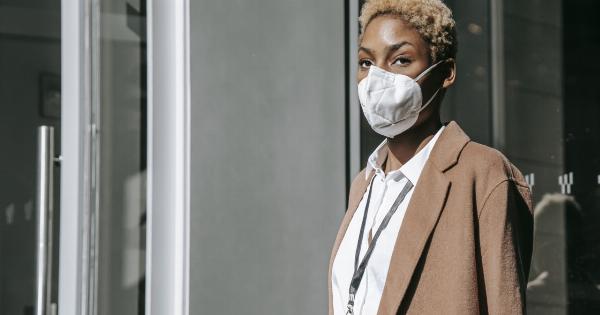Bleeding emergencies can occur unexpectedly and require immediate attention.
Whether it’s a minor cut or a severe wound, knowing how to provide first aid for bleeding can make a significant difference in preventing further complications and promoting faster healing. In this article, we will discuss essential first aid tips for bleeding emergencies to help you respond effectively when faced with such situations.
1. Assess the Situation
Before providing any first aid, it’s crucial to assess the situation and ensure your safety as well as that of the injured person.
Take a moment to identify the cause of bleeding and determine if there are any other potential dangers around, such as hazardous substances or sharp objects.
2. Apply Direct Pressure
If the bleeding is severe, the first step is to apply direct pressure to the wound using a clean cloth, gauze, or your hand. Firmly press down on the wound and maintain steady pressure until the bleeding stops or medical help arrives.
Avoid removing the cloth or gauze to check the status of bleeding as it may disrupt clot formation.
3. Elevate the Injured Area
For bleeding in extremities, elevating the injured area above the level of the heart can help reduce blood flow to the area and slow down bleeding.
If possible, prop the injured limb on a pillow or cushion while maintaining direct pressure on the wound.
4. Apply Pressure Points
In some cases, applying pressure to specific pressure points can help control bleeding. If direct pressure alone is not sufficient, apply pressure to the nearest pressure point to the bleeding area.
For example, for bleeding in the arm, apply pressure to the brachial artery against the bone in the upper arm.
5. Use Tourniquet as a Last Resort
A tourniquet should only be used as a last resort when bleeding cannot be controlled by other means and when professional medical assistance will take a significant amount of time to arrive.
If you decide to use a tourniquet, place it approximately two inches above the wound, ensuring it’s tight enough to stop the bleeding but not excessively tight to cut off blood flow entirely. Remember to release the tourniquet briefly every 10 to 15 minutes to allow circulation.
6. Clean and Bandage the Wound
Once the bleeding has stopped, it’s essential to clean the wound to prevent infection. Gently rinse the wound with clean water or use a mild antiseptic solution if available.
After cleaning, cover the wound with a sterile bandage or dressing to protect it from further contamination and promote healing.
7. Monitor for Shock
Bleeding can lead to shock, a life-threatening condition characterized by a sudden drop in blood flow throughout the body. Watch for signs of shock, including pale skin, rapid breathing, weak pulse, and altered mental state.
If shock is suspected, lay the person down, elevate their legs slightly (unless there’s an injury to the head, neck, or spine), and cover them with a blanket to prevent loss of body heat.
8. Seek Medical Help
All bleeding emergencies should be evaluated by a healthcare professional.
Even if you manage to control the bleeding, it’s essential to seek medical help to evaluate the extent of the injury, provide proper wound care, and ensure no internal damage has occurred. Call emergency services or visit the nearest hospital as soon as possible.
9. Stay Calm and Provide Reassurance
During a bleeding emergency, it’s important to remain calm and provide reassurance to the injured person. Your calming presence can help alleviate their anxiety and ensure they cooperate during first aid procedures.
10. Update Tetanus Immunization
Bleeding emergencies often involve cuts or wounds, increasing the risk of tetanus infection. Make sure that your tetanus immunization is up to date to protect yourself from this potentially serious bacterial infection.
If you’re unsure about your immunization status, consult a healthcare professional.































